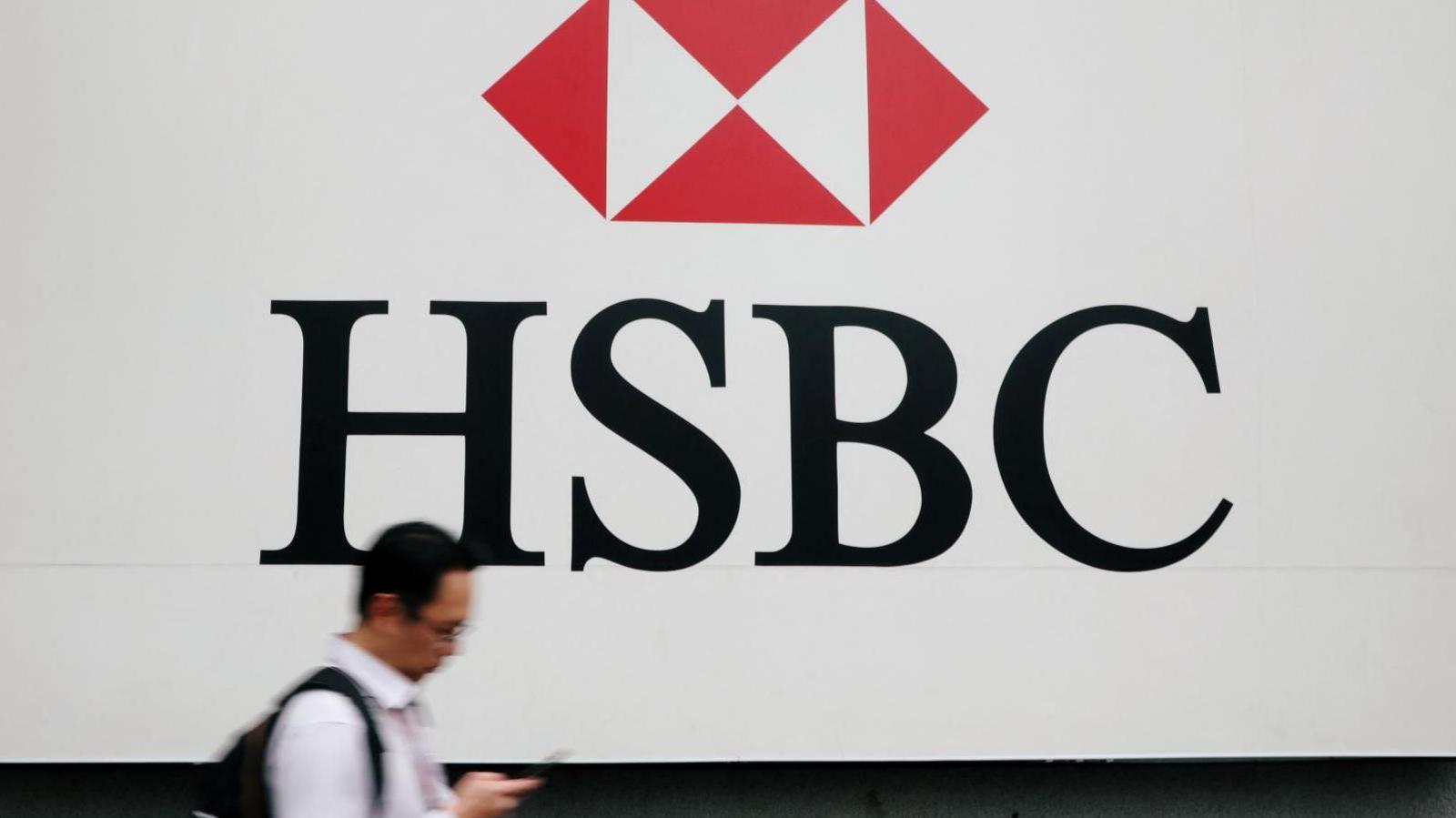HSBC Launches Hong Kong’s First Captive Insurer by a Multinational
In a first for Hong Kong’s insurance and financial services industry, HSBC Group has received regulatory approval to establish a captive insurer, Wayfoong (Asia) Limited, in the territory. This historic move makes HSBC the first multinational enterprise to create a captive insurer in Hong Kong, highlighting the city’s growing appeal as a global risk management and financial services hub.
What Is a Captive Insurer and Why HSBC Is Leading the Way
A captive insurer is a company-owned insurance entity set up to handle the risks of its parent company. This model allows large businesses—especially those operating across multiple countries—to cover their own risks internally, providing more control, cost efficiency, and tailored risk management solutions.
By forming a captive, HSBC can directly manage its risk exposures, reduce reliance on third-party insurers, and deploy capital more effectively across its global operations. For multinational firms like HSBC, which face a diverse and complex array of risks, this is a smart and strategic solution.
HSBC Establishes Hong Kong’s First Captive Insurer by a Global Firm
Wayfoong (Asia) Limited has now officially become Hong Kong’s first captive insurer formed by a multinational corporation. This move signals Hong Kong’s intention to grow into a leading international domicile for captive insurance, leveraging its robust financial infrastructure and regulatory sophistication.
The Insurance Authority (IA), Hong Kong’s chief regulatory body for the insurance sector, granted final approval for HSBC’s captive setup. This reflects both the maturity and agility of the local insurance market, which is increasingly capable of supporting advanced corporate risk strategies.
Regulatory Support Reinforces HSBC’s Strategic Choice
Clement Cheung, CEO of the Insurance Authority, praised HSBC’s decision, calling it a powerful affirmation of Hong Kong’s standing in the global insurance industry. He remarked that HSBC’s establishment of Wayfoong highlights the city’s growing attractiveness as a base for captive insurers and showcases Hong Kong’s efforts to diversify and elevate its insurance offerings.
“The approval of HSBC’s Wayfoong demonstrates Hong Kong’s strength in supporting the complex needs of global companies,” said Cheung. “It also reflects our commitment to developing the city as a top-tier centre for finance and modern risk management.”
Cheung emphasized that the IA is focused on broadening Hong Kong’s insurance capabilities to meet the evolving demands of the international market. The approval of HSBC’s captive offers a roadmap for other multinational firms seeking similar arrangements.
The Hong Kong Government Backs HSBC’s Captive Insurance Milestone
Christopher Hui, Secretary for Financial Services and the Treasury, echoed the IA’s sentiments, describing HSBC’s move as a strong vote of confidence in Hong Kong’s legal and financial systems.
“Hong Kong’s position as a financial and insurance hub makes it an ideal location for global enterprises like HSBC to establish captive insurers,” Hui stated. “This move affirms our city’s strategic value in delivering innovative, customized insurance solutions.”
Hui noted that the government has introduced various incentives to attract captives, including a 50% tax concession on profits for qualifying local captive insurers. Combined with Hong Kong’s stable regulatory environment, these initiatives are aimed at making the city the preferred destination for tailored insurance frameworks.
HSBC’s Captive Insurer Enhances Risk Strategy and Global Positioning
The formation of Wayfoong (Asia) Limited is a forward-looking move for HSBC, designed to reinforce its internal risk management and capitalize on Hong Kong’s rising reputation in the global insurance sector. It also symbolizes HSBC’s enduring trust and investment in Hong Kong’s financial ecosystem.
In today’s unpredictable risk environment—shaped by cybersecurity threats, regulatory changes, supply chain disruptions, and geopolitical uncertainty—captive insurers like Wayfoong offer companies flexibility, financial control, and resilience.
By leading the charge, HSBC has created a benchmark for other global enterprises to explore similar risk management models, especially in fast-growing markets like Asia.
Wayfoong’s Launch Signals a New Era for HSBC and Hong Kong
The successful formation of Wayfoong is not just a corporate milestone for HSBC; it also opens new avenues for Hong Kong’s insurance industry. With strong backing from regulators and the government, the city is building a competitive foundation to host a broader range of captive insurers in the years ahead.
As global companies seek customizable and cost-effective insurance solutions, Hong Kong’s international connectivity, legal reliability, and financial expertise position it as a compelling choice for captive domiciliation.
The IA and the Hong Kong government have reaffirmed their commitment to evolving the regulatory framework, ensuring it stays aligned with shifting global business trends. This includes periodic reviews of policy instruments and financial incentives to remain competitive in the international insurance landscape.
Conclusion: HSBC’s Bold Move Boosts Hong Kong’s Captive Insurance Future
The launch of HSBC’s Wayfoong (Asia) Limited is more than a company milestone—it’s a strategic signal to the global business community. It underscores Hong Kong’s readiness to serve as a premier location for corporate captive insurers and highlights HSBC’s role in shaping that future.
As global risk challenges intensify, more corporations are expected to follow HSBC’s lead. With supportive policies, regulatory clarity, and strategic incentives, Hong Kong is now firmly positioned to become a powerhouse in the global captive insurance market.




